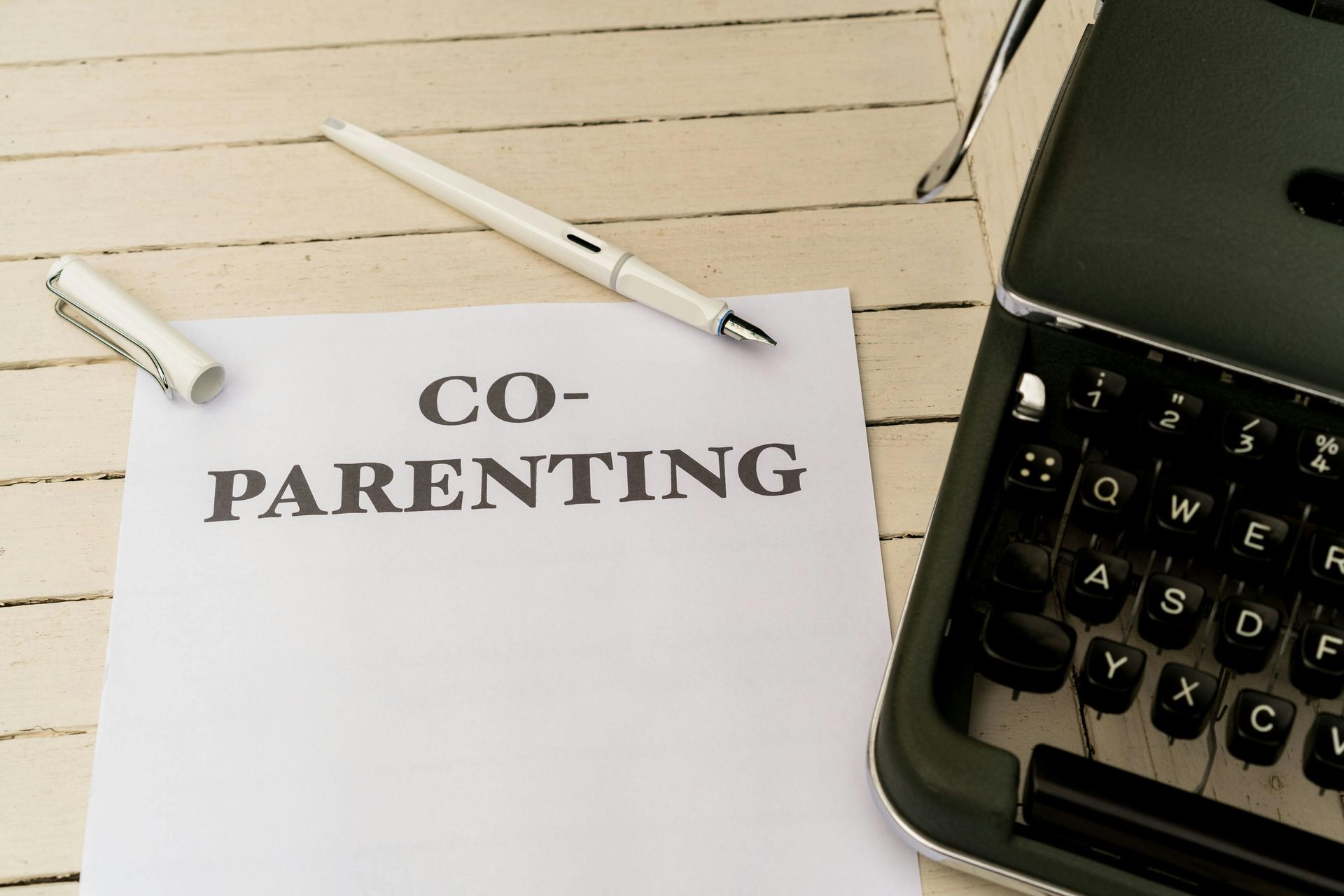Lost Your Job and Can’t Afford Court-Ordered Child Support in the U.S.? Here’s What to Do
Losing a job is stressful under any circumstances. Bills pile up, savings dwindle, and uncertainty about the future can feel overwhelming. If you are also responsible for court-ordered child support, the situation becomes even more complicated. Many parents worry about what will happen if they can’t keep up with payments. Will they face legal consequences? Will it affect their relationship with their child?
The good news is that there are legal avenues available to help parents who experience a genuine change in financial circumstances. Below, we’ll explore what happens if you lose your job and can’t afford child support in the U.S., the steps you should take immediately, and long-term strategies to manage the situation responsibly.
---
Understanding Court-Ordered Child Support
Child support is a legal obligation designed to ensure children have the financial support they need for housing, food, clothing, medical care, and education. When a court orders child support, the paying parent (often referred to as the “obligor”) is legally required to make those payments on time.
Importantly, child support orders remain in effect until a court modifies them. Losing your job does not automatically reduce or suspend your obligation. If you stop paying without taking legal action, arrears (past-due support) will accumulate, and interest or penalties may apply.
---
What Happens If You Stop Paying Child Support?
If you fall behind on child support payments, the consequences can be serious. Enforcement methods vary by state, but may include:
· Wage garnishment (once you are employed again).
· Suspension of driver’s or professional licenses.
· Seizure of tax refunds or government benefits.
· Damage to your credit score.
· Contempt of court charges, which could result in fines or even jail time.
That’s why it’s critical not to ignore the situation. Instead, take proactive steps to modify your support order legally.
---
Step 1: Contact the Child Support Enforcement Agency
Every state has a child support enforcement office that oversees and enforces orders. If you’ve lost your job, reach out right away. Explain your situation and ask about the process for requesting a modification.
While they cannot forgive past-due payments, they can guide you on how to file the proper paperwork and may provide temporary assistance or resources.
---
Step 2: File a Motion to Modify Your Child Support Order
The only way to legally change your child support obligation is by requesting a modification through the court. You’ll need to file a motion (sometimes called a petition) explaining your change in circumstances.
Courts generally consider a modification when:
· You’ve experienced a significant loss of income due to job loss, disability, or reduced work hours.
· You can show that the change is substantial, involuntary, and ongoing (for example, layoffs, not quitting your job voluntarily).
· The change makes your current support order unreasonable or impossible to meet.
Until the court approves your request, the original order remains in place. That’s why filing quickly is essential.
---
Step 3: Gather Documentation
To support your request, you’ll need to provide evidence of your job loss and financial hardship. This may include:
· Termination or layoff letter from your employer.
· Unemployment benefit statements.
· Recent pay stubs or tax returns.
· Proof of job applications or efforts to find new work.
Courts want to see that you are actively seeking employment and not avoiding your responsibilities.
---
Step 4: Explore Unemployment Benefits and Assistance
If you qualify for unemployment benefits, these payments may help you continue making partial child support contributions. In some states, child support can be withheld directly from unemployment checks, ensuring at least some support continues to flow to your child.
You may also be eligible for public assistance programs such as food stamps (SNAP), Medicaid, or rental assistance. While these don’t directly cover child support, they can free up limited income for meeting obligations.
---
Step 5: Communicate With Your Co-Parent
Although the legal system controls child support, open communication with your co-parent can sometimes ease tensions. If you explain your situation honestly and show that you are taking steps to address it, they may be more understanding.
However, remember: even if your co-parent agrees to accept reduced payments, the court order still stands until officially modified. Private agreements are not legally enforceable.
---
Step 6: Continue Paying What You Can
Even if you can’t make the full payment, try to contribute something regularly. Courts often view this positively, as it shows you are making a good-faith effort. Partial payments may also reduce the amount of arrears that build up.
---
Long-Term Considerations
1. When You Find New Employment
Once you secure a new job, your child support order may be recalculated based on your new income. If you fail to report the change, you could face penalties. Always notify the court of changes in your financial situation.
2. Avoid Quitting Work to Reduce Payments
Courts are less sympathetic when income loss is voluntary. If you quit your job without good reason, the court may “impute” income to you—meaning they assign an earning capacity based on your skills, work history, and job opportunities.
3. Addressing Arrears
If you’ve fallen behind, you may need to work out a repayment plan with the court or enforcement agency. Interest can add up quickly, so the sooner you act, the better.
---
Emotional Impact of Job Loss and Child Support Stress
Beyond the financial and legal challenges, losing a job and struggling with child support can take a toll on your mental health. It’s normal to feel guilt, shame, or fear, but it’s important to remember:
· Your role as a parent is more than financial. Staying emotionally present for your child matters greatly.
· Seeking support from family, friends, or a counselor can help reduce stress and improve your ability to cope.
· Taking care of your mental health puts you in a better position to secure employment and manage responsibilities.
---
Conclusion
Job loss is a difficult reality many parents face, but it doesn’t erase your responsibilities under a court-ordered child support arrangement. Ignoring the problem only makes it worse, leading to arrears and possible legal consequences.
The best path forward is to act quickly: contact your state’s child support enforcement office, file a motion to modify your order, provide documentation of your financial hardship, and continue paying what you can. With the right legal steps and a commitment to staying involved in your child’s life, you can navigate this challenging time while protecting both your rights and your child’s well-being.
Remember: you are not alone. Many parents face job loss and financial struggles. By being proactive and responsible, you can overcome this hurdle and move toward stability again.
More Family Law Blogs
by Anne Harvey









